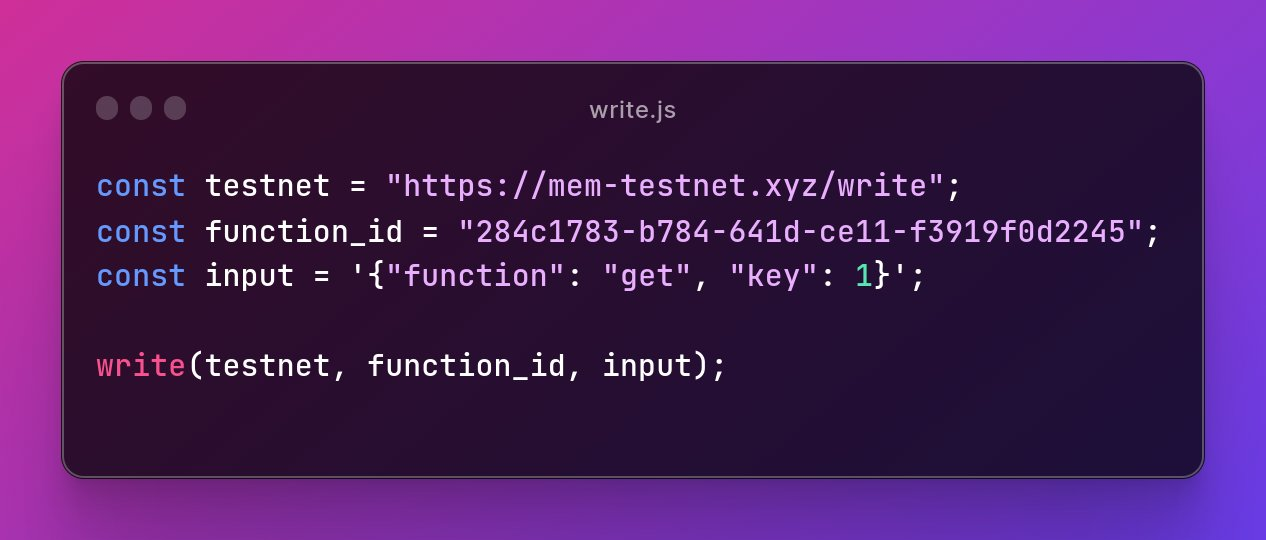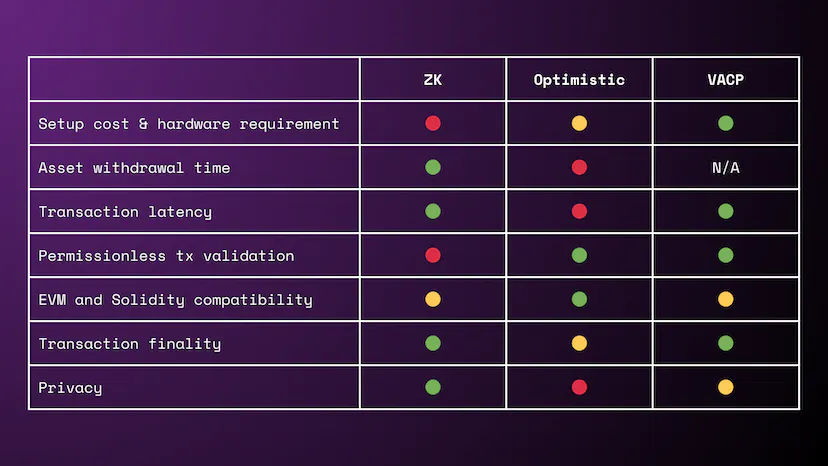2023 has been a huge year for Decent Land Labs -- we launched ANS, released the MEM beta, and saw a number of exciting partnerships come to fruition that prove the power of permanent storage and chain agnosticism.
Let’s wrap up the year and cover everything the Decent Land Labs team has been up to in Q4.
HackerNoon launched DIDs powered by namespace.gg and MEM

HackerNoon's 50,000+ contributors can now claim their HackerNoon handle as a permanent, portable DID. HackerNoon needed a web3 identity layer which could interface with the web2 usernames its users already own. It also needed to be low-friction and user friendly -- able to be minted with a single click.
The namespace.gg framework is fully customizable, so can be deployed with any web2 or web3 prerequisites and integrations. Its flexibility makes it possible to deploy name services with dynamic pricing like ANS, or conditions based on APIs like this .hackernoon instance.
HackerNoon already backs stories up to Arweave, and with their new DID feature we're excited to see their path towards decentralization continue!
MEM went permissionless

While MEM has always had a local function simulator and online IDE, our #1 most requested feature has been for a fully-fledged testnet that provides a production-like environment and bypasses the need to get functions whitelisted.
That’s why we shipped a solution to make it even easier to build web3-ready serverless functions.
The MEM Carbon Testnet is designed to provide developers with a robust and flexible environment for testing and deploying MEM functions. It’s now live and ready to run -- either self-hosted or with a public MEM endpoint: mem-testnet.xyz
The Verifiable Atomic Computing Paradigm

The Verifiable Atomic Computing Paradigm (VACP) underpins the architecture we build at Decent Land Labs and enables it to be scalable, chain-agnostic, and able to store data onchain permanently at minimal cost.
This quarter we quantified the VACP model with a full explanation, shortly after releasing MEM, its first implementation. We also compared it theoretically and practically to the ZK and optimistic rollup model to identify the use cases best suited to each.

Read the introductory paper here, and the comparison to ZK and optimistic models here.
MEM infra on Akash

The MEM Carbon Testnet and molecule.sh library endpoints are now hosted on Akash, introducing improved redundancy, reduced single failure points, and censorship resistance.
The introduction of the MEM testnet API on Akash provides developers with two endpoint options: one provided by the MEM team, and one powered by Akash. In addition, it is also possible to self-host the APIs -- to deploy on Akash or your own hardware -- ensuring additional layers of redundancy.
Decent Land Labs partnered with Weavers to run the first Permahacks hackathon

Permahacks is a global online hackathon series for Arweave developers. We are excited to have partnered with Weavers to co-host the first ever one, which ran between October 30th and November 10th and spawned a ton of innovative projects.
Kay Plößer’s ꙮmnitory won the MEM bounty. ꙮmnitory is a package registry that stores packages permanently on decentralized infrastructure worldwide. It uses a fork of the namespace.gg function on MEM to ensure packages have unique names and owners.
ShardDog + MEM: NEAR-token-gated access to Arweave content

ShardDog is a platform built on NEAR that's designed for creators and brands to more easily connect with their audience, onboard to NEAR, and claim limited edition NFTs.
In one official campaign, the ShardDog comic is available to claim, frame-by-frame, and the team plans to integrate MEM as a way to control access to future editions based on ownership of previous frames. The editions will be encrytped and stored on Arweave, and access to them will be controlled by MEM!
Akord integrates MEM for token-gated access

Onchain storage vault platform Akord is piloting a new way to control access to Arweave data -- Ethereum NFT ownership, with verification checks handled by MEM.
“The goal was to achieve serverless execution while ensuring that the outcomes are securely preserved on-chain; MEM’s VACP architecture enables exactly this. We considered alternative solutions, but MEM emerged as the most efficient and reliable choice for our use case” - Richard Caetano, Akord CTO
We’re thrilled to help Akord break down siloes between chains and looking forward to seeing the full public rollout!
Key-value storage support for MEM functions
Key-value storage (KV) is the most efficient way to work with large contract states - perfect for ACID databases, real-time apps, caches, social, content management, and more. Now, MEM supports it with the SmartWeave.kv API.
It enables read and write for specific portions of the state during any interaction, eliminating the need to process the whole JSON object, and maximizing the performance of your dApp.
We built onchain gaming with MEM at NEARCON '23

At the NEARCON hackathon, Sebastian from Decent Land Labs teamed up with NEAR’s Alejandro (AVB) to build Yoctomanji -- a fusion of classic board games like Monopoly with the spirit of Jumanji and the aesthetics of Minecraft. The twist: landing on special plots marked by black gems triggers unique onchain actions the user must perform. Check the MEM serverless function backend code here!
ANS stats & the holiday rebate
The ANS protocol - built on namespace.gg and MEM - launched a holiday rebate program for 20% off the usual minting prices.
89 new ANS domains have been minted in less than 2 weeks, and domains will remain at a 20% discount until Christmas eve. All minters will receive their 20% back on Christmas eve.
ANS protocol stats as they stand in Q4:
-
849 holders
-
1,584 domains
-
2,127 transactions
-
6,407.73 AR protocol revenue
MEM quickstart guide and resources hub

To make it easier to get onboard with MEM, this quarter we created an education hub and quickstart guide.
The most helpful MEM resources are collected in the education hub over at mem.tech/learn, including tutorials, examples, theory, and developer tooling.
The quickstart guide aims to be a 0-1 tutorial to build, test and deploy web3 serverless functions as fast as possible.
New namespaces incoming: Raven Protocol & AlphaKEK

Raven Protocol and AlphaKEK are on the cusp of releasing their namespace.gg implementations and adding custom web3 identity to their products.
AlphaKEK’s .aikek identity layer will be used to add author attribution to custom AI news reports in the platform, and could be extended to reference a user’s Telegram handle and reputation from other protocols.
The base namespace.gg MEM function is able to be customized to add any web2 or web3 pre-condition for minting, and is extensible for any kind of metadata objects including for social and reputational use cases. Check the source code for a DIY implementation, or get in touch for help going live.
All the content we published in Q4
Subscribe to the Decent Land Labs blogs on HackerNoon and here on Mirror to stay up to date with what we’re building.
-
namespace.gg: A Solution To The (Centralized) Identity Crisis
-
How to Replace Heroku with MEM Serverless Functions (for Free)
-
Token-gated access to Arweave data with MEM: Akord case study
Content featuring Decent Land Labs
Check in for the next transmission in 2024, and follow along on X with Decent Land Labs, MEM, namespace.gg and ANS. 🛰️